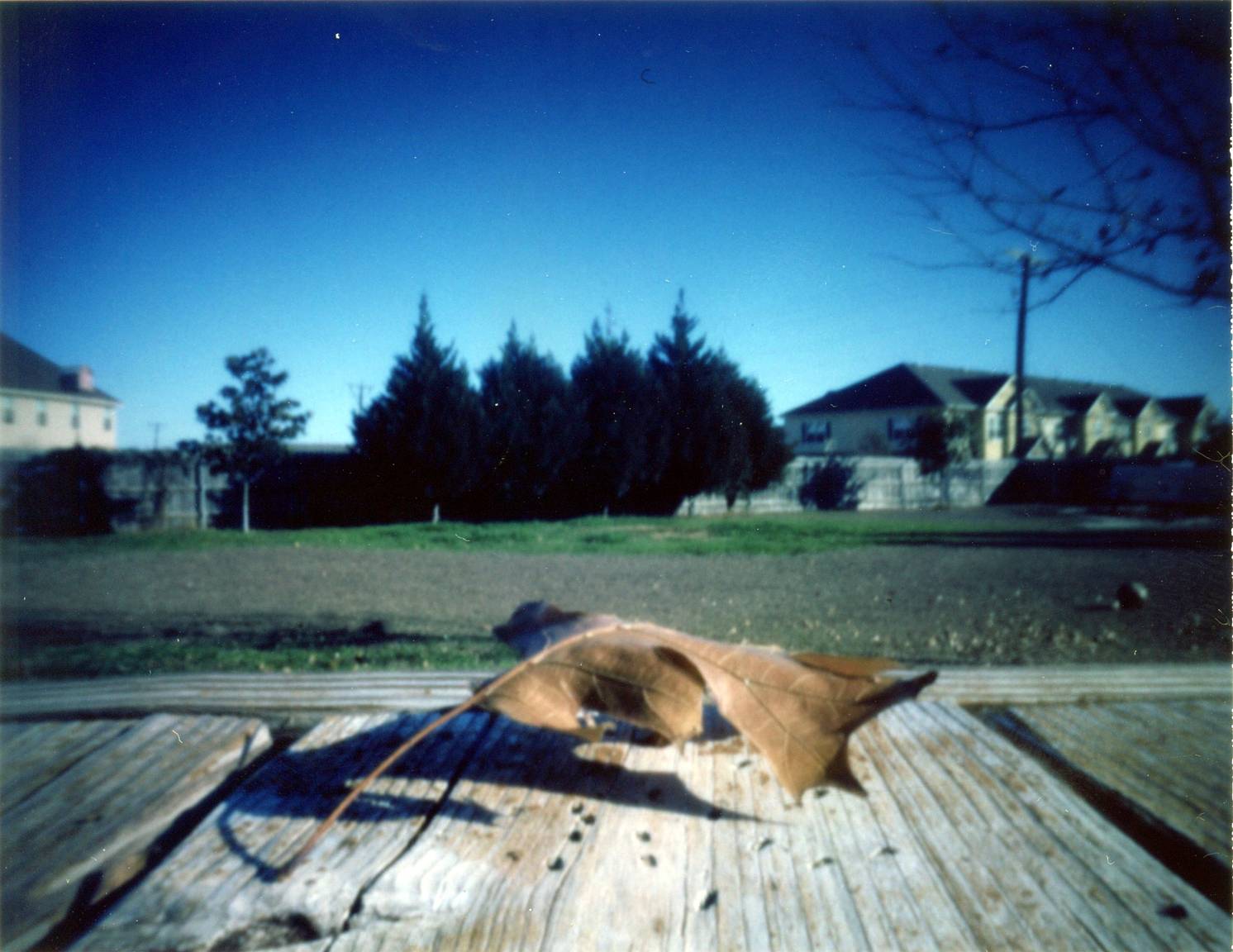Repurposing a Broken Polaroid 210 Automatic Land Camera
8 16 Share TweetOne of the first cameras I ever used was a Polaroid 210 Automatic Land Camera. The Polaroid 210 Automatic Land Camera might be one of the most common pack film cameras ever made. Polaroid sold over 1.5 million of them. They were the first color-capable instant film camera to sell for under $50. The original sale price was $49.95. There are many working cameras still available and you can still get them for about $50 or less on eBay. Fuji still sells a pack film that will work with this camera.

They sell the FP-100C which is a 100 ASA color film and the FP3000B which is a 3,000 ASA black and white film. At this time of this writing, they also sell the FP-100B which is a 100 ASA black and white film, but it has been discontinued. The Polaroid 210 Automatic Land Camera had support for 75 ASA film and 3000 ASA film, but 100 ASA is close enough to work. The 210 Automatic Land also had an adjustment to lighten or darken the picture, so you can compensate for the slightly faster film by darkening the picture.
When I finally examined my camera, after not having looked at it for 35 years, I found that it still had a 35-year-old battery in it. The 210 Land camera uses an A24PX/532 3-volt alkaline battery. These are still available for about $10 each or less. It's also possible and easy to create a three AAA battery pack that will clip onto the battery leads and fit inside the compartment. This is what I opted for. After I did the conversion I found out that the camera was broken because the electronic shutter wouldn't fire. At first, I was very disappointed, then it occurred to me that I could probably easily convert it into a pinhole camera.
I removed the electronic shutter and all of the electronics associated with it which are all located in the very front of the camera that telescopes away from the body. Removing everything was pretty easy. Then, I used one of the aluminum bits from the camera itself to create the pinhole. I taped the pinhole onto the front of the camera with black electrical tape. Then, I used black electrical tape as a shutter.
Aside: Do you have a roll of black electrical tape? If you don't, why not? Here's what the camera looks like without all the electronics and a close-up of the business end of the camera:
I made sure the rollers were clean and I loaded up the camera with some Fuji FP-100C. I was just guessing at the pinhole size, so I had no way to figure out a reasonable exposure time other than testing it. This was the first shot I took. It was indoors, at night, with the bellows in all the way. I left the shutter open for 30 minutes - yes, that's 30 minutes, not 30 seconds. This is what I got:

Clearly, I had managed to make a very small pinhole. The picture was drastically underexposed. Also, the image covered a small circle in the middle of the frame. That meant that the bellows were in too far. I was hoping for an ultra-wide-angle image, but it wasn't covering the entire picture frame, so I was going to have to let the bellows out more.
I shot the next picture outside in bright daylight. I extended the bellows out all the way and exposed the picture for about 10 seconds. Here's what I got:

Much better. I really like the strong vignetting and the picture was pretty sharp for a pinhole, that is. Next, I wanted to see what would happen if I pulled the bellows in a bit. This would give the camera a shorter focal length and should produce a wider-angle image. I took the same shot from the same location, but I counted to about 15 seconds instead of 10. This is what I got:

Hm. Definitely a wider angle, and the exposure is better too. I'm using 100 ASA film, but this was a 15-second exposure in bright light. That was a pretty small pinhole I manage to make.. That's good because I like super long exposures. I decided to try a self-portrait using the same settings. This is what I got:

Here are some more shots of things at various distances:
All of the shots ended up with a strong blue cast which is even more noticeable in the raw scans if I include the white border. This might be because of the age of the film I was using or it might be that this type of film reacts differently to very long exposures. Regardless, I am happy with the results and I look forward to having the opportunity to do more instant pinhole shots.
This article was written by Lomographer gvelasco. Set up your own LomoHome and follow fellow kindred spirits for more analogue tips and tricks.
written by gvelasco on 2012-01-30 #gear #tutorials #pinhole #instant #camera #broken #tipster #land #polaroid #automatic #210 #camera-modification #polaroid-210-automatic-land-camera






















8 Comments